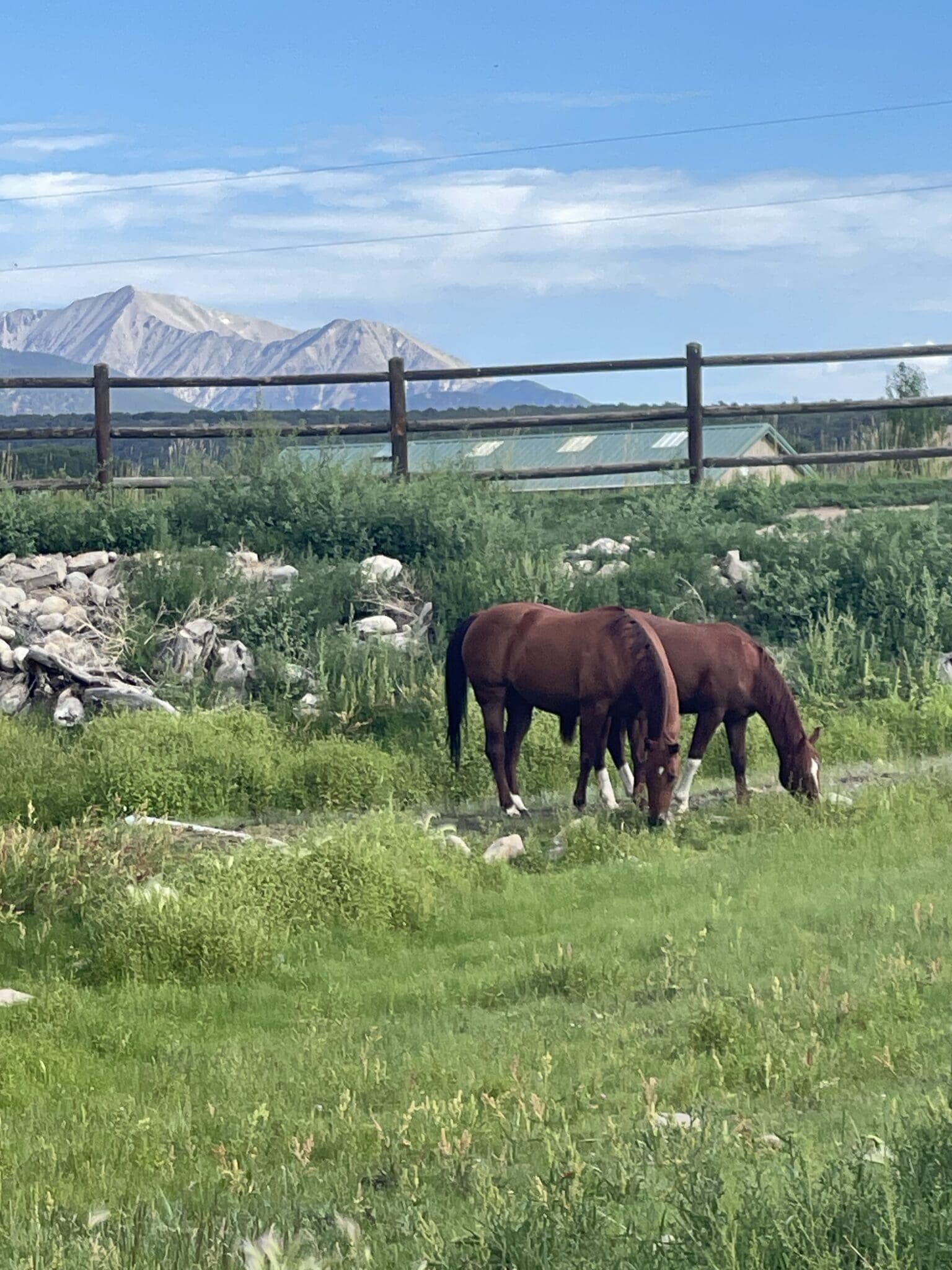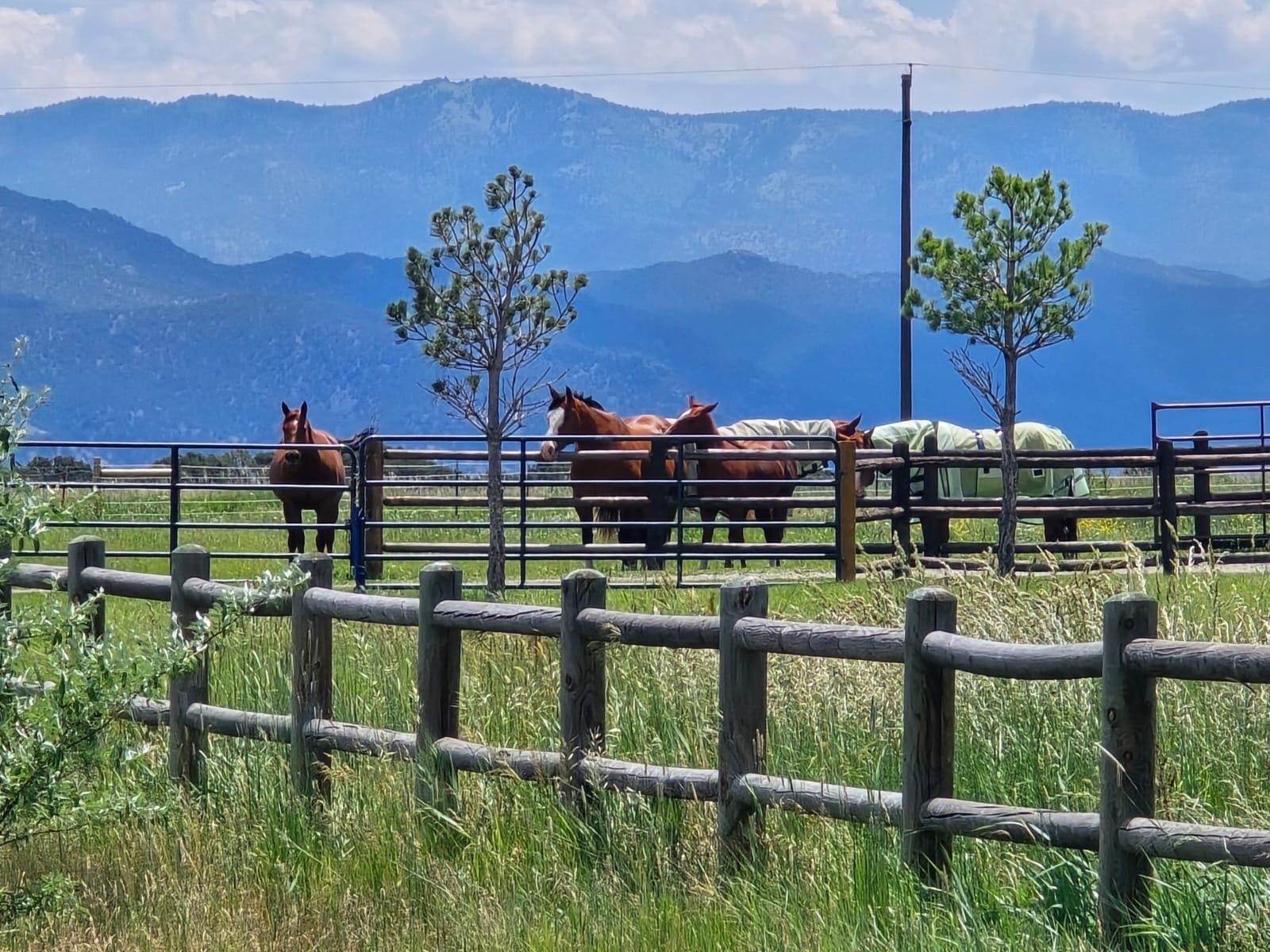Question:
I work as a therapeutic riding instructor at a facility that has about 20+ horses. We have all types of horse behavior issues that creep up before we know it. I’ve seen a gelding go from being sweet and easy to handle to now sour and ready to bite his leaders. Another gelding we have has a terrible habit of trying to bite his leader while he is trotting with a rider on his back. Another pony tries occasionally to cow kick the side walkers that walk alongside the riders. Several try to bite leaders while going through a mounting block for loading our riders. Then several are cinchy and try to bite during saddling. You can just imagine how disconcerting this all is to trying to teach therapeutic riding lessons, but we have eager volunteers and are trying to maintain a professional happy horse facility. Can you help? – Rebekah Holt
Answer:
Dear rebekah, thanks for your question. You have described in a nutshell the problems that most therapeutic riding (tr) centers have with their horses, the causes of these undesirable behaviors and the aftermath that occurs once the horses learn that there are certain times and places where they will not be corrected.
In 2010, I did a groundwork training session for tr horses at the national convention for PATH (then NARHA) in Denver. It was an interesting and productive session and I wish I’d had all day to work with the six different tr horses. they were all representative of the problems you describe and honestly, every tr center I’ve ever worked with has these types of problems. It is somewhat inherent in the equation.
why do these horses get so cranky? It’s not so much the clients on their backs they are bothered by, most tr horses love the clients and take good care of them.
Primarily, these problems stem from the hovering crowd of people around them all the time, eager volunteers that do not have good horsemanship skills, crowding the horse’s face, clamoring for the horse, pulling constantly on the rope held too tightly at his nose (as if the horse has no idea how to go around the arena), micro- managing every movement the horse or rider makes. Giving the horse his space and leaving him alone to do his job is what the horse wants.
Why do the horses begin to disdain the handlers? because it is a revolving door of people, most of whom know less about the therapeutic riding operation than the horses do, bossing the horse around when they have no relationship with the horse, interjecting authority when they have no standing. Pretending to be a leader, but in the horse’s mind, it’s all a sham. horses know true leadership when they see it. It cannot be faked.
When people (in any setting) try to assert authority when they have none, the horses begin to disdain that person. “who do you think you are, coming in here once a week and pretending to be my leader? then at other times showing a total lack of leadership?” horses cannot be fooled and they disdain fake leaders, usually getting increasingly aggressive. “You think you’re the leader? I’ll show you…”
Furthermore, horses are relationship oriented animals— they live in a herd where membership and standing are conditional. horses prefer to meet, greet, and get to know their handlers—know what to expect from them and trust in their leadership. respect and authority aren’t given carte blanche by horses. You have to earn it.
It’s hard enough on a regular school horse to always be changing riders—many horses cannot tolerate the constant change. but at least regular school horses have the consistency from the professionals that handle the horses. the therapy horses get handled by people that arrive out of the blue and know little about handling horses.
The biggest tragedy occurs when horses learn that there is a certain context in which they will not be corrected and so can get away with anything they want. unfortunately, this cannot be unlearned and once again, horses are not easily faked with “planted” riders. this may work once but rarely twice; horses are very discriminating. this can happen to show horses and performing horses too. the most effective key is prevention. If horses are handled appropriately, this should not occur. Sometimes horses that learn these things have to move on to a new career.
I do not know how to fix these endemic problems in tr except to change the very nature of the operation, using more permanent paid staff and fewer volunteers. horse handlers would have the same level of experience and competency that the instructors do; excellent leading skills, knowledgeable and competent at groundwork and training. the side walkers would have to learn good horsemanship skills too and start being sensitive to the horse’s claustrophobic nature; earn the horse’s respect instead of expecting it.
So perhaps doubling your budget for paid staff would solve your problems! Many large tr centers have learned the value of having professional horse trainers on staff, but many more do not have the budget for it.
In lieu of that, the best we can do is educate people about the nature of horses and their behavior and teach the volunteers natural horsemanship skills. Good luck and keep up the good work! Educating people and creating greater awareness of the horse will help.
By Julie Goodnight – CHA Spokesperson



